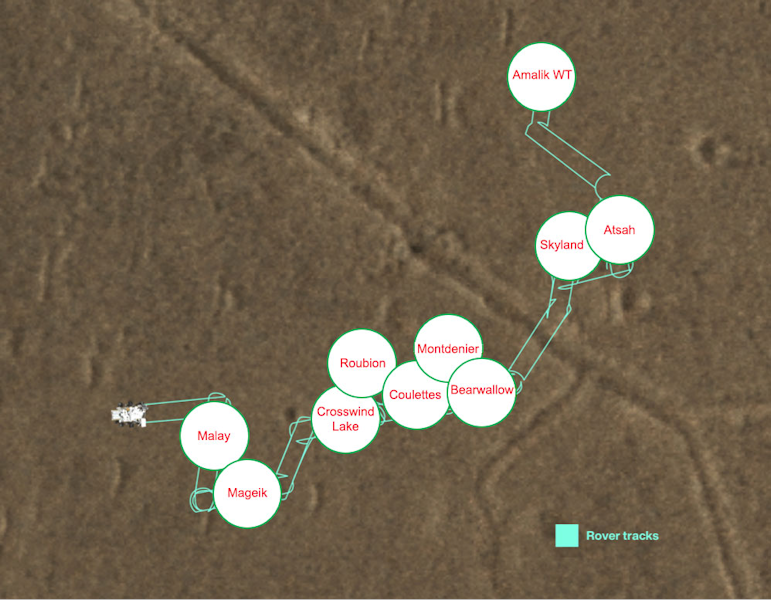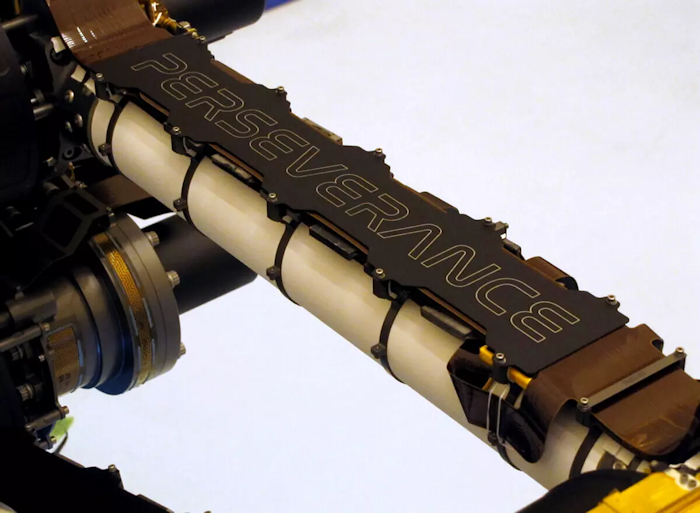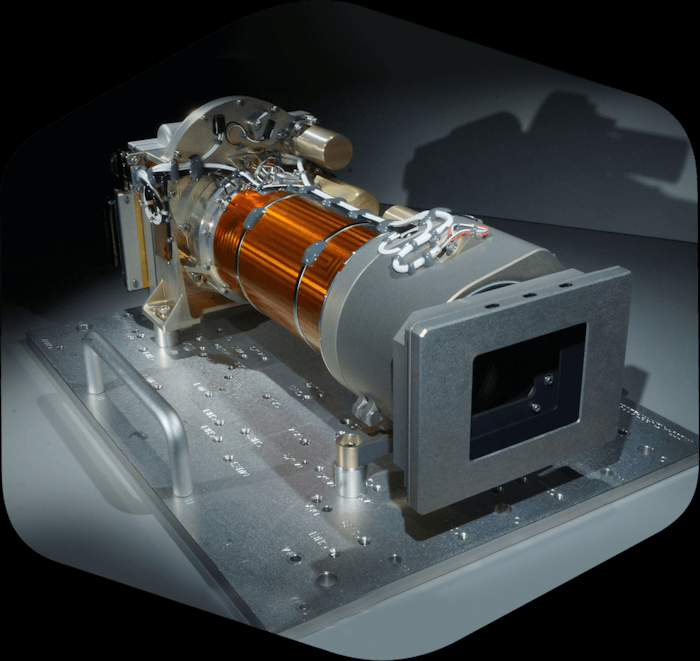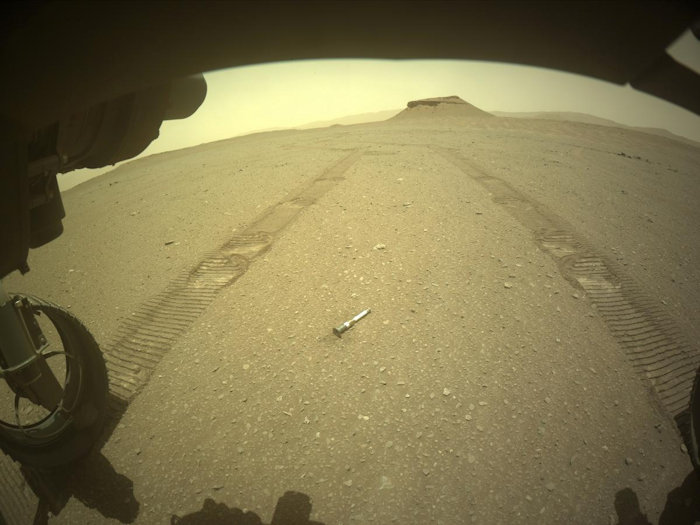News

Perseverance Completes its Sample Depot on Mars, Using Motiv Technologies
At the beginning of the year, after spending nearly 700 sols on the surface of Mars, the 2020 Perseverance rover completed its first sample depot. Known as the “Three Forks” sample depot, named after the region of the Jezero Crater where the samples were collected, the 10 titanium sample tubes were spread about 10-15 feet apart in a zigzag pattern to await future collection and return to Earth.

“Three Forks” sample depot map. Credit: NASA/JPL-Caltech
Each sample collected by Perseverance was sealed inside a 7-inch tube, and its drop location was carefully mapped so it can be found later. In 2028, NASA and the ESA will send the Sample Retrieval mission to Mars to pick up all of the samples collected by Perseverance and return them to Earth for study. Studying the samples in an Earth-based laboratory will give scientists the most in-depth look at the surface of Mars, its past, and whether life ever existed on the Red Planet.
The success of collecting samples on the surface of Mars lies in the most advanced robotic arm ever sent to another planet. The robotic arm, designed and built by Motiv Space Systems, has a reach of two meters, five finely articulated joints, and a capacity of 45 kilograms. These features, which represent the robotics and mechanical engineering prowess of Motiv for space-based applications, enabled Perseverance to reach and collect the samples that will be so instrumental in identifying Mars’ past and any previous presence of life.

The name “Perseverance” etched onto the Motiv Space Systems robotic arm. Credit: NASA/JPL-Caltech
To help scientists on Earth identify unique and interesting geological objects to collect as samples, the Perseverance Mastcam-Z includes the first-ever mechanical zoom and focus mechanism sent to another planet. Again, Motiv developed the system that enables scientists 140 million miles away to zoom in on objects before dedicating the time to drive to them. After approaching an object, the focus mechanism provides a clear image for sampling, ensuring that scientists gather only what they want.

Mastcam-Z zoom and focus mechanism
Another part of the Mastcam-Z that Motiv provided to the Mars 2020 mission is the mechanical filter wheel. This gave scientists and engineers eight slots for various optical filters, which further enabled them to look at objects in different ways when evaluating what is of interest for collection and return to Earth. The design of the lightweight filter wheel required Motiv to address the harsh Martian environment while minimizing mass and power requirements.

A sample return tube dropped on the surface of Mars. Credit: NASA/JPL-Caltech
Although planning continues for the mission that will return the samples collected by Perseverance to Earth, the successful collection of those samples was made possible thanks to the robotics and mechanical systems engineering and production at Motiv. Development of the most advanced mechanical systems sent to Mars is just another example of how Motiv Space Systems is pioneering capabilities in support of the future of space exploration.